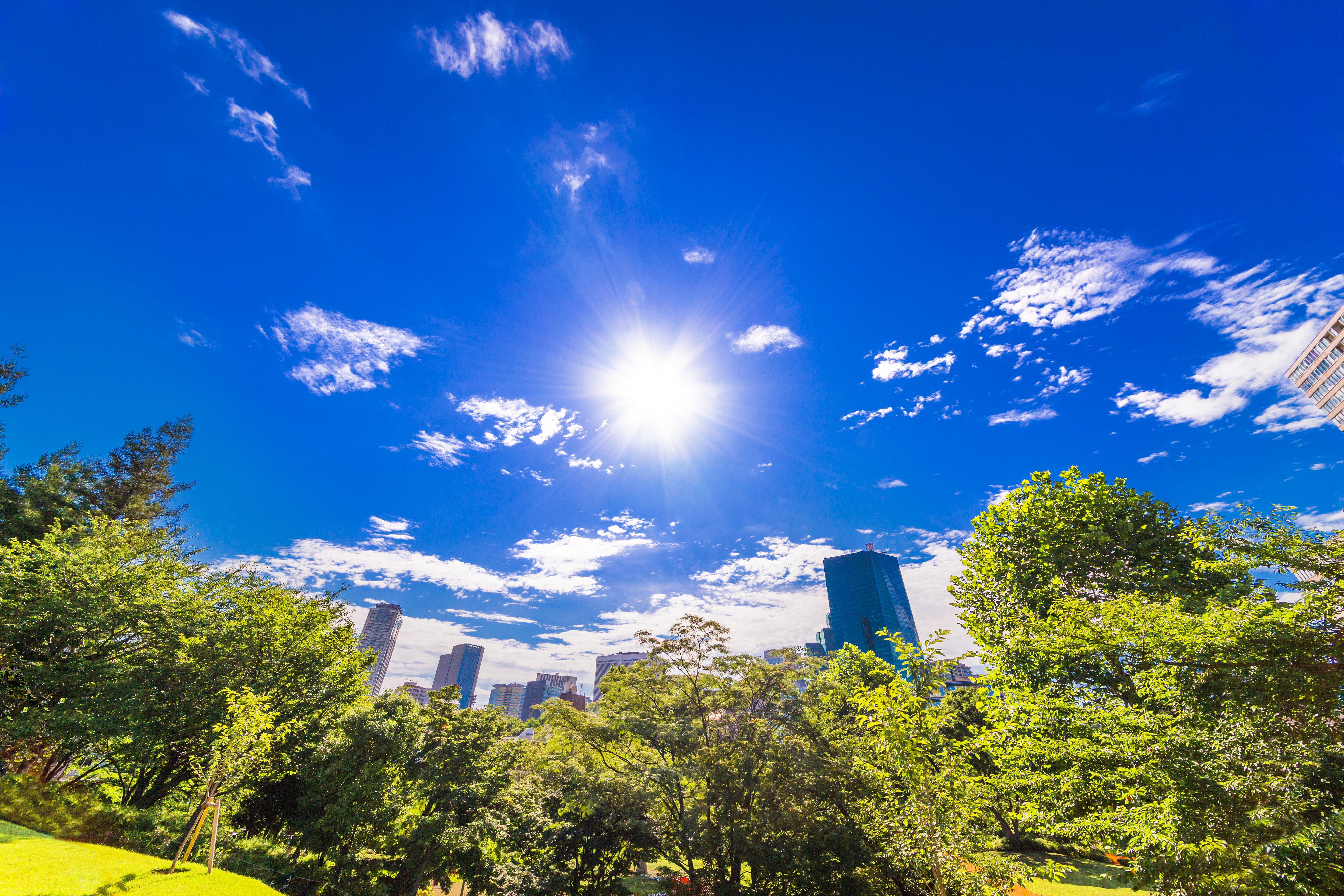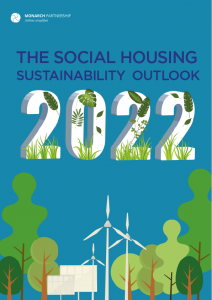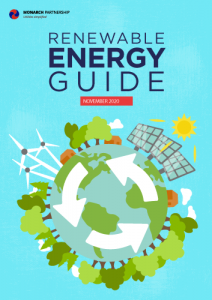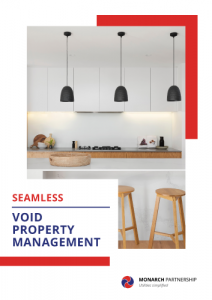Is “green” becoming a selling point?
With a fifth of global greenhouse gas emissions coming from buildings – emissions which are predicted to rise by 56% over the next 10 years – it is clear that the real estate sector must take action to combat the impact their industry is having on our planet. The World Economic Forum estimates that “the real estate sector is the single most significant sector in terms of CO2e1 contributions”, using more energy than any other trade. However, experts in the industry claim that a lack of understanding about sustainable builds, green housing, and the benefits of eco-friendly living is what is holding the real estate sector back.
Introducing a set of sustainability standards for new builds could provide some sort of solution to the issue of wasted energy and unsustainable construction. Green builds, however, are becoming increasingly more popular in the commercial world – 2% of new builds were considered “green” in 2005, compared to around 50% now. A “green” build is constructed typically with sustainably sourced materials, and features cavity wall and loft insulation. By focusing on areas which leak the most heat in a home or commercial property, heating bills can be cut and energy saved.
Are green credentials affecting buyer behaviour?
The lower energy bills which come with a greener build are often a selling point for landlords or property developers targeting new tenants or potential buyers. Bob O’Brien of Deloitte & Touche advises that “a lack of sustainability investments [in a property] can impact their ability to sell those facilities later”. Similarly, Ralph Wood of AXA Real Estate Investment Management declares that “buildings considered to be at the top of the sustainability scale will sell faster when investors bring them to the market”. This demonstrates that sustainability now plays a significant role in the decision-making process for homeowners, suggesting that green is becoming a selling point. Surveys conducted by Your Move show that 42% of potential buyers and tenants consider the “green credentials” of a future home – be it to save money, reduce energy usage, or to benefit the environment. Increasing strains are being placed on natural resources and, as people become more conscious of this, the need to offset the impacts on the planet could come in the form of more sustainable housing.
In a bid to combat the UK’s housing crisis, Estonian company Kodasema created Koda, a 269 square-foot home with big sustainability ambitions. The roof of the small home features solar panels which produce more electricity than is needed for the property, allowing the surplus energy to be used elsewhere. The building also has an inbuilt smart home system with climate control, further promoting responsible energy usage. With Kodas built in five different cities across Europe (including London), it is clear to see that this type of innovative green living is growing in popularity. Many new builds across the UK now include solar panels, triple glazed windows, and other green features seen in eco-friendly microhome prototypes.
Although tenants and homeowners’ primary concern may be saving money, this often comes hand in hand with greener energy solutions and a reduction in energy usage, providing benefits for both consumers and the environment.
Useful links:
Monarch: Sustainability simplifiers
JLL: Sustainability highlights
Globle & Mail: “Green Premiums” in real estate















